Most everyone has done it: doodled on a desk, marked on a wall, written phrases here and there on bathroom stalls, chairs or lab tables. Most of us get off with clean-up duty and a warning, but imagine if the next time a student drew a harmless smiley face on the corner of their desk, they were immediately handcuffed and degradingly escorted out of their school to the local police department. Sure, you can’t deny what they did was wrong, but getting the police involved over one measly smiley face seems a bit much.
According to CNN, this is precisely what happened to 12-year-old Alexa Gonzalez. Doodled on her desk were the words “I love my friends Abby and Faith. Lex was here 2/1/10 :)” and the middle schooler was taken out of her class in handcuffs in the full view of all of her peers. Though Gonzalez, who had never been in any kind of trouble before the incident, missed three days of class, she did not end up facing charges and the threat of suspension from school was withdrawn.
Unfortunately, this story is not unique. Effects of zero-tolerance policies for minor infractions in schools have skyrocketed. According to CNN, as many as 25 students were arrested for a food fight in their middle school cafeteria, and other offenses such as putting stickers on walls and being tardy to class have merited tickets, fines and even arrests. Although the crimes appear trivial and the punishments outrageous, government officials are within their rights to discipline the guilty party due to the fact that vandalism of school property is a culpable offense that legally designates such punishments.
So where do we draw the line? Yes, students know that it is against the rules to draw on desks and write on walls, but at what point does the doodling stop becoming detention worthy and start becoming a crime?
Perhaps school officials should have a more nuansed discipline policy that addresses all of the the circumstances. Profanities, inappropriate drawings, threats of violence and degrading statements could arguably be more harshly punishable for their negative messages, whereas positive statements, uplifting quotes and doodles may only merit a minor penalty.
Or maybe the value of items vandalized should play a part in severity of the punishment. Defacing private buildings, public monuments and religious edifices may all fall within the realm of more severe punishments, whereas marking a desk with a pen or putting a sticker on the wall all deserve less significant discipline.
Clearly, laws and rules against vandalism make sense. It’s the blind, un-nuanced “zero tolerance” type of enforcement of these kinds of laws that don’t take into account things like context, intent, degree of damage and other significant considerations that are the problem. Isn’t anyone else upset by the wasted resources consumed by over anxious prosecutors that try to criminalise normal adolescent behavior and tie up the courts with nonsense?
Students have been taught right from wrong, and most understand the consequences for criminal behavior such as murder, theft and arson. However, when we criminalise misbehaving, we do an injustice to all. Punishments should be appropriate and proportional to the inappropriate behavior.

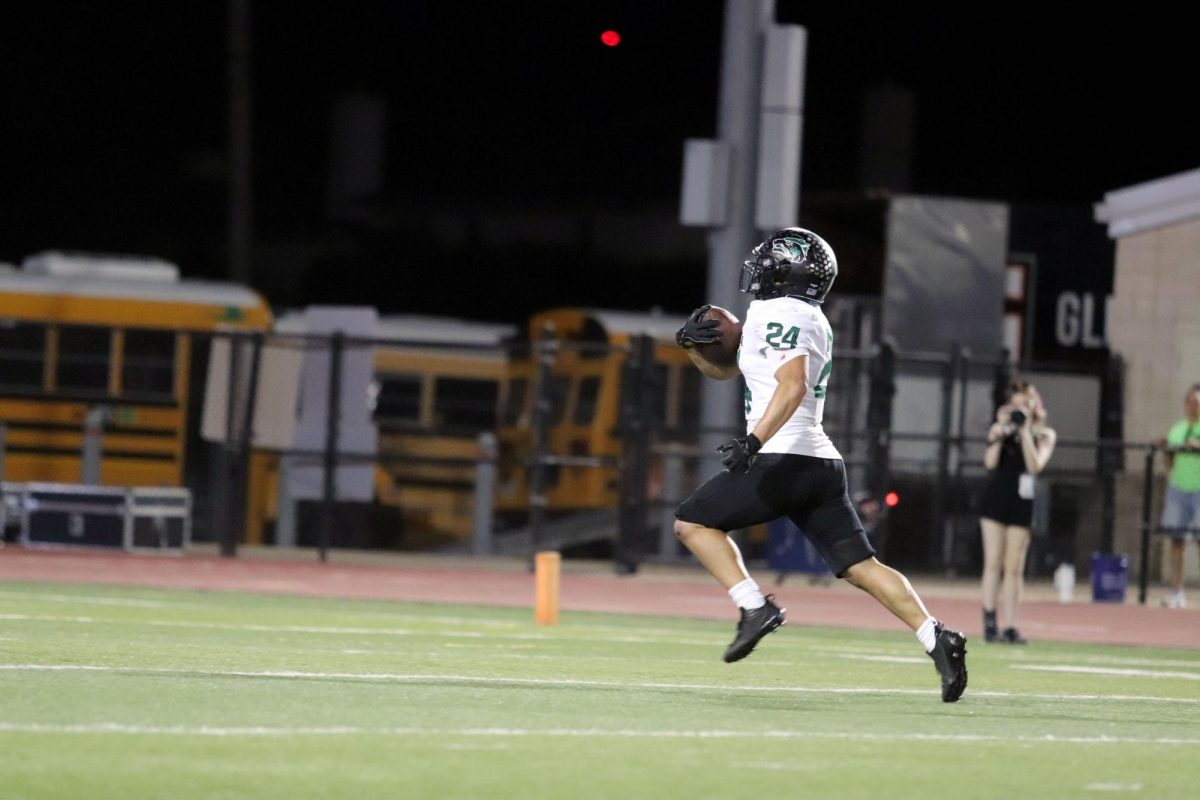
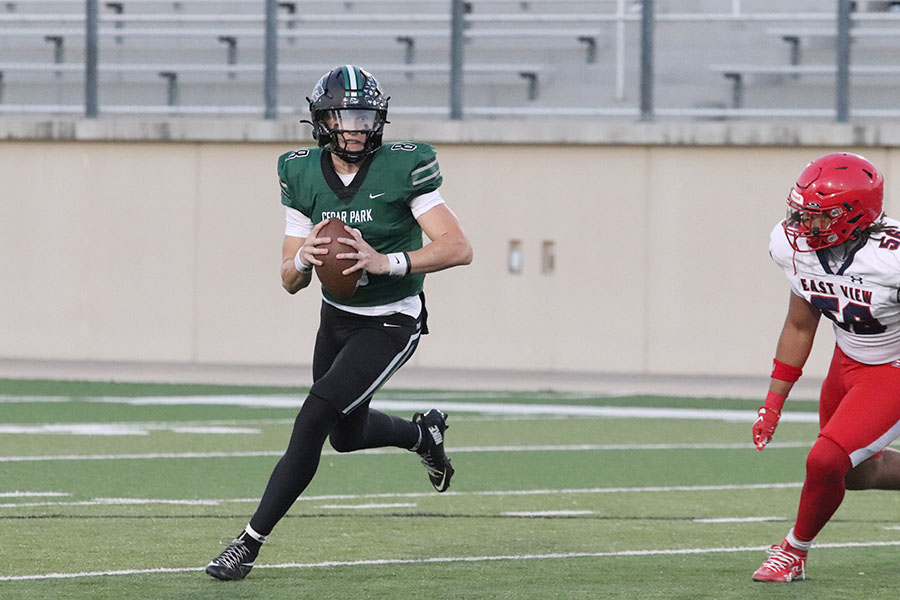
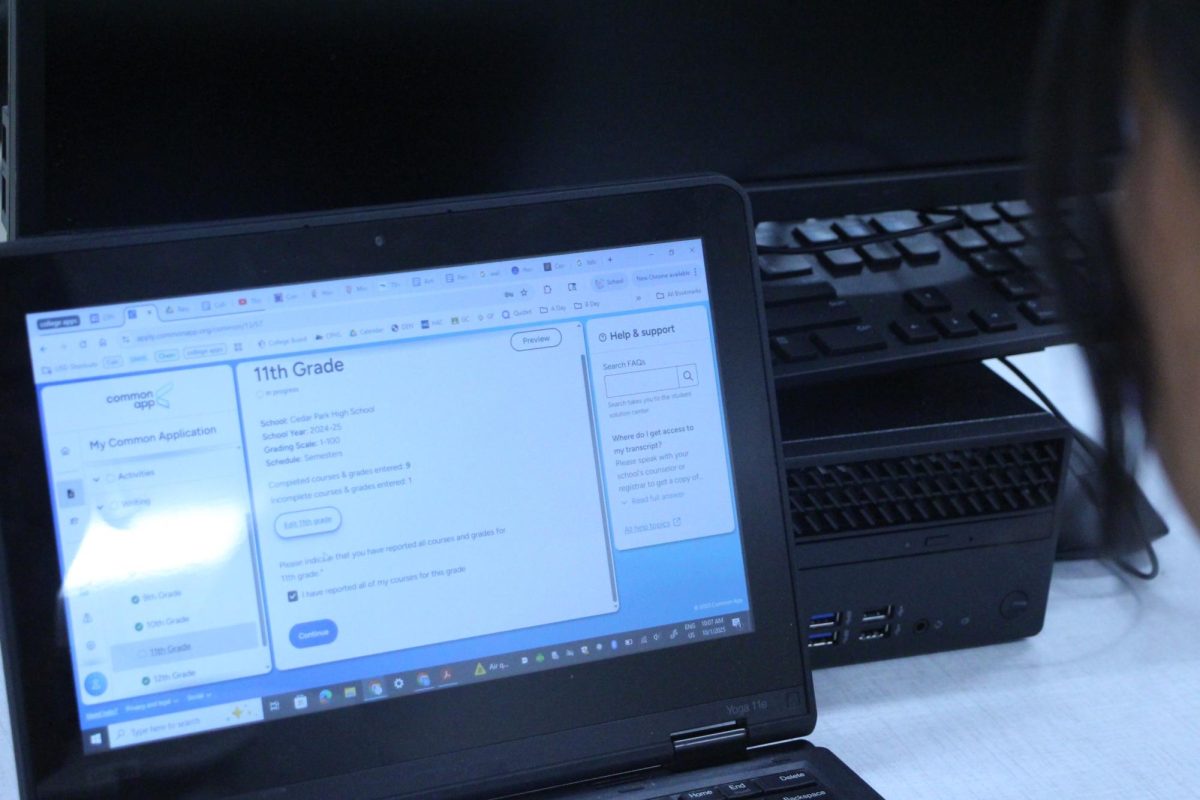
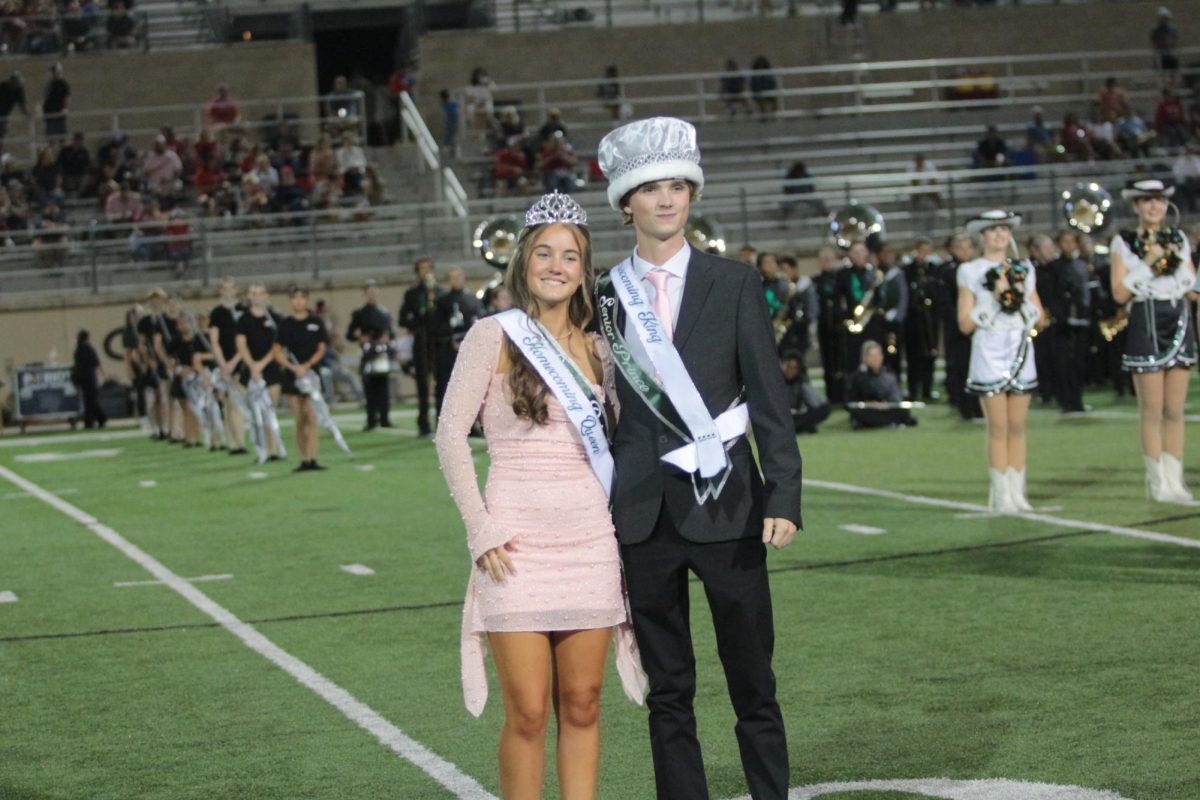
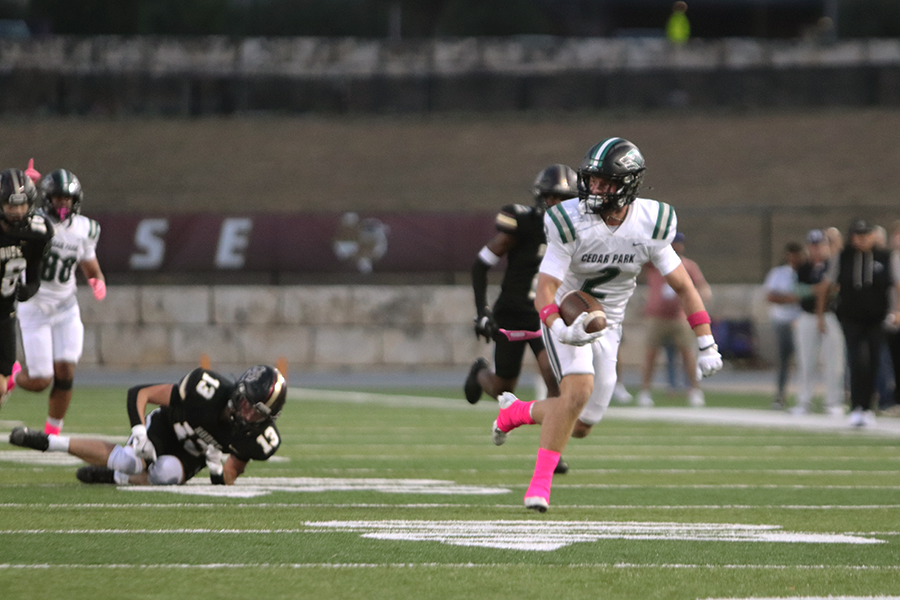
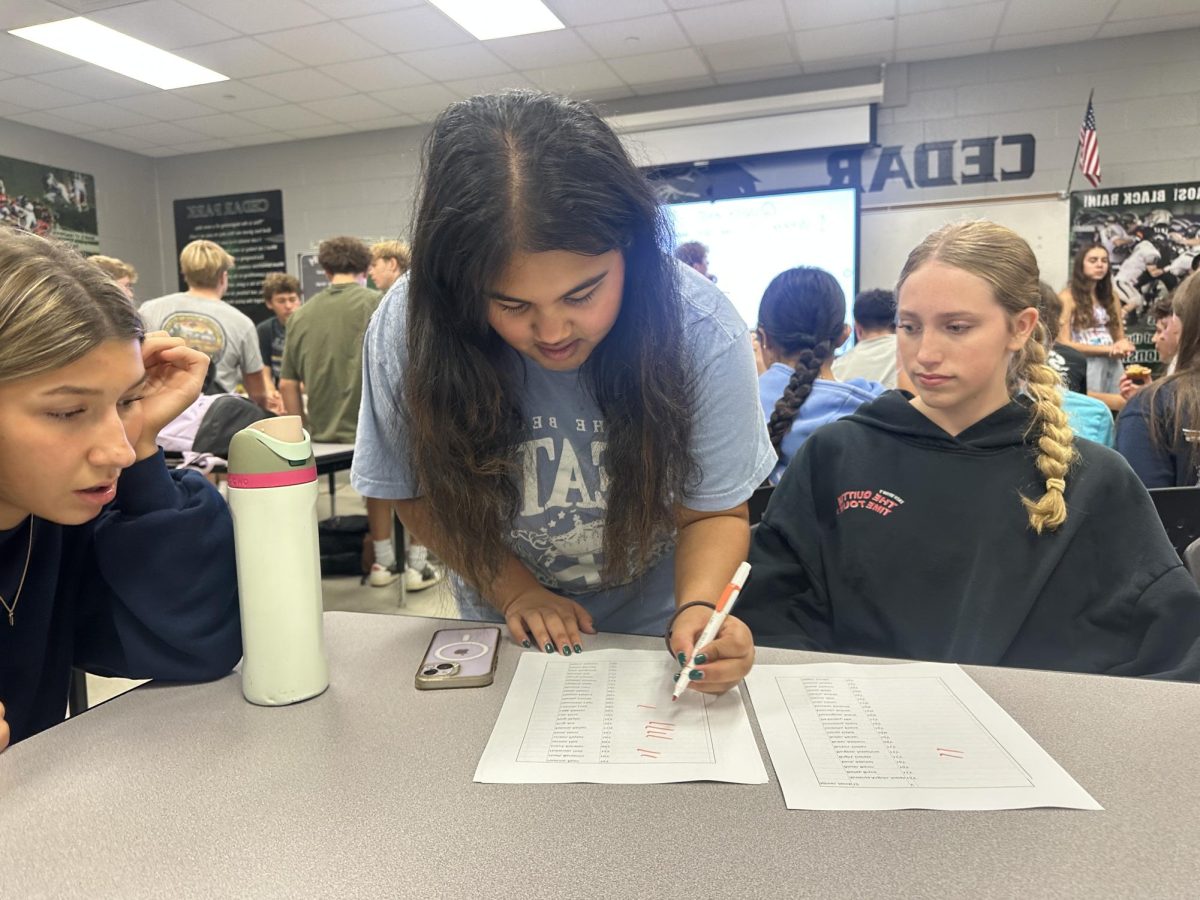

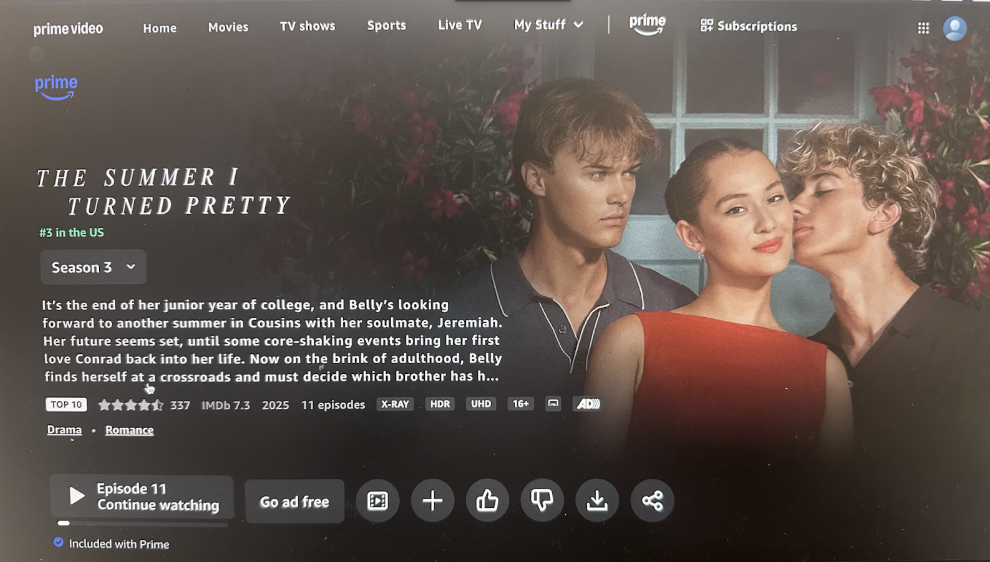
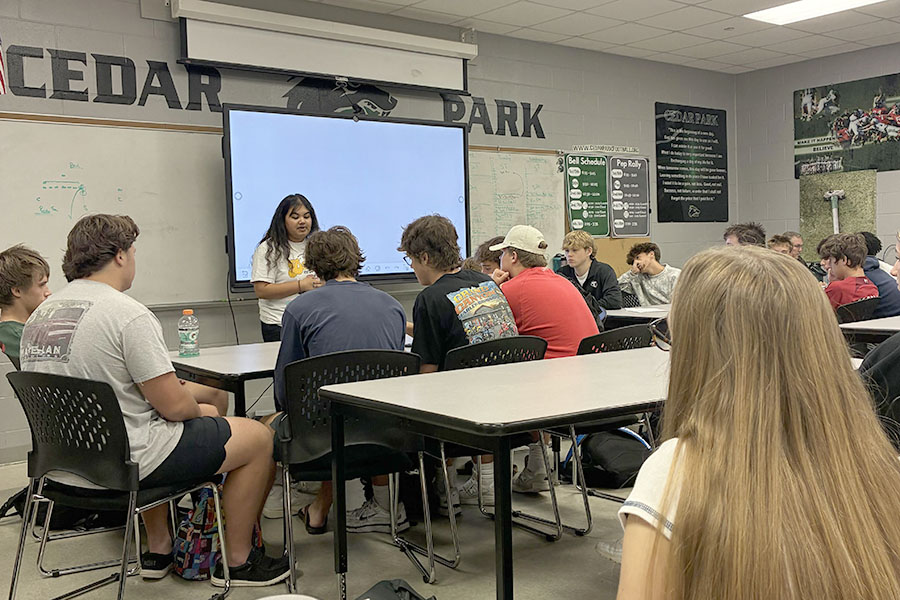
![Broadcast, yearbook and newspaper combined for 66 Interscholastic League Press Conference awards this year. Yearbook won 43, newspaper won 14 and broadcast took home nine. “I think [the ILPC awards] are a great way to give the kids some acknowledgement for all of their hard work,” newspaper and yearbook adviser Paige Hert said. “They typically spend the year covering everyone else’s big moments, so it’s really cool for them to be celebrated so many times and in so many different ways.”](https://cphswolfpack.com/wp-content/uploads/2025/05/edited-ILPC.jpg)

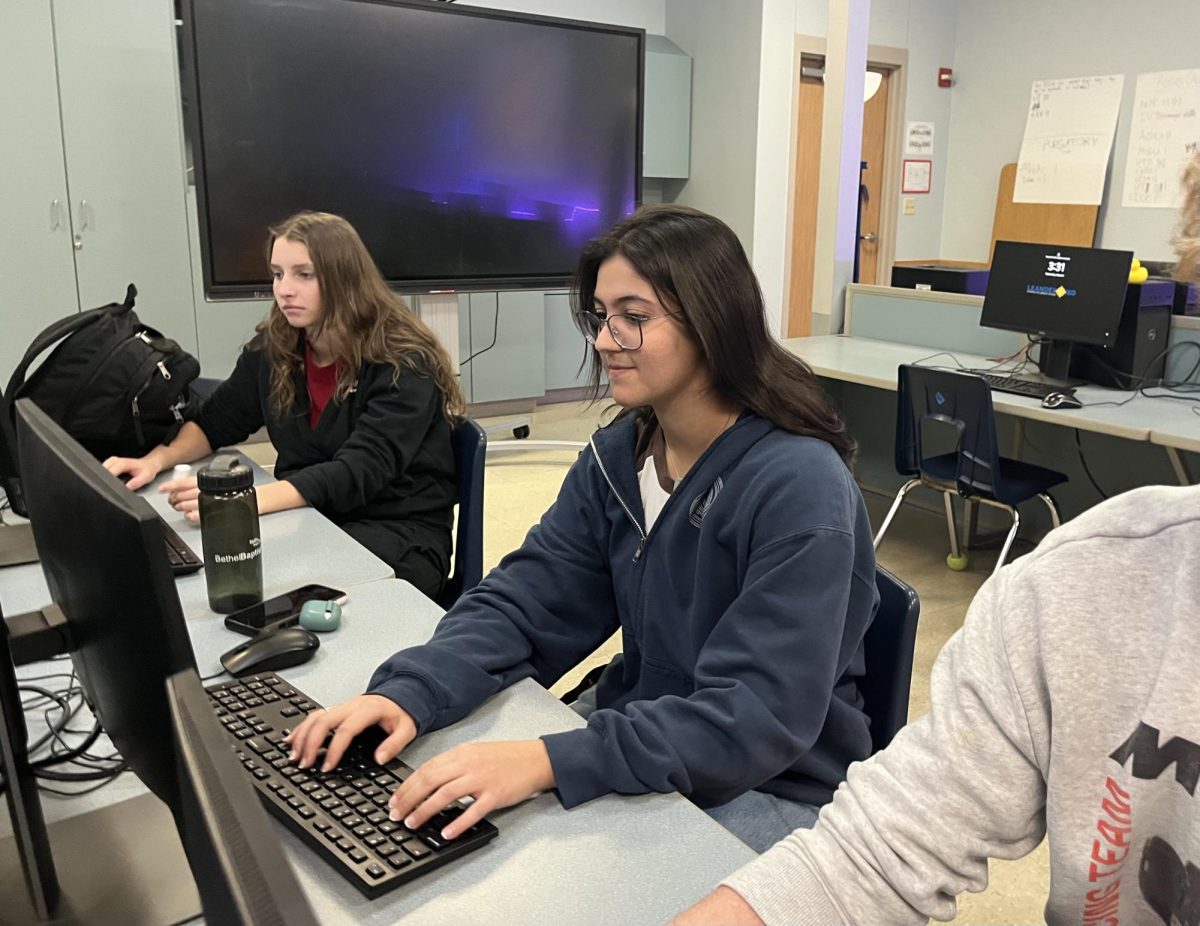
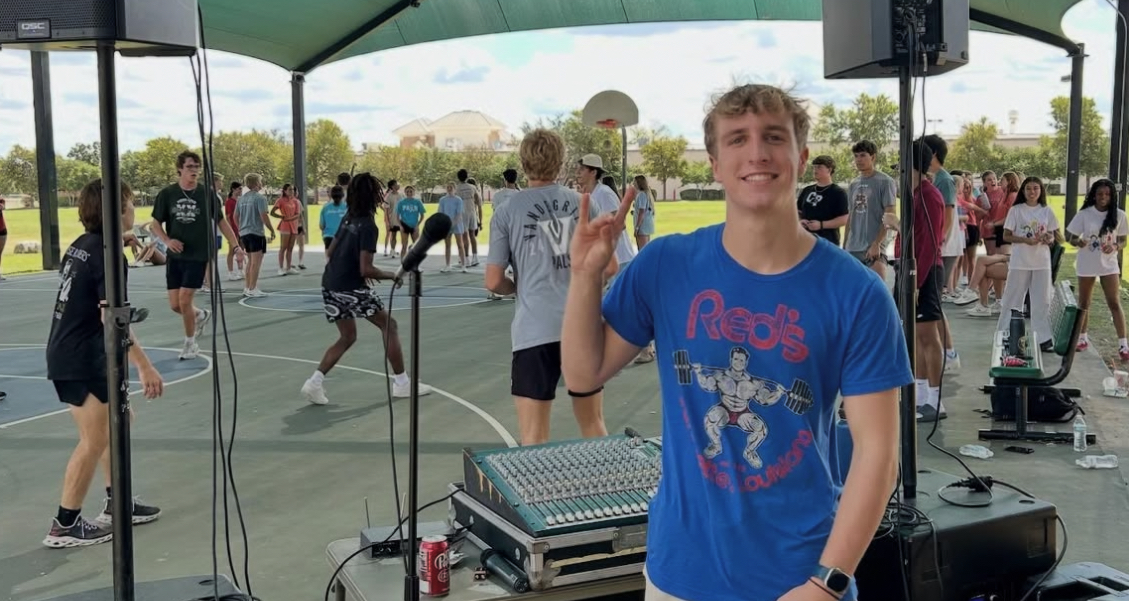
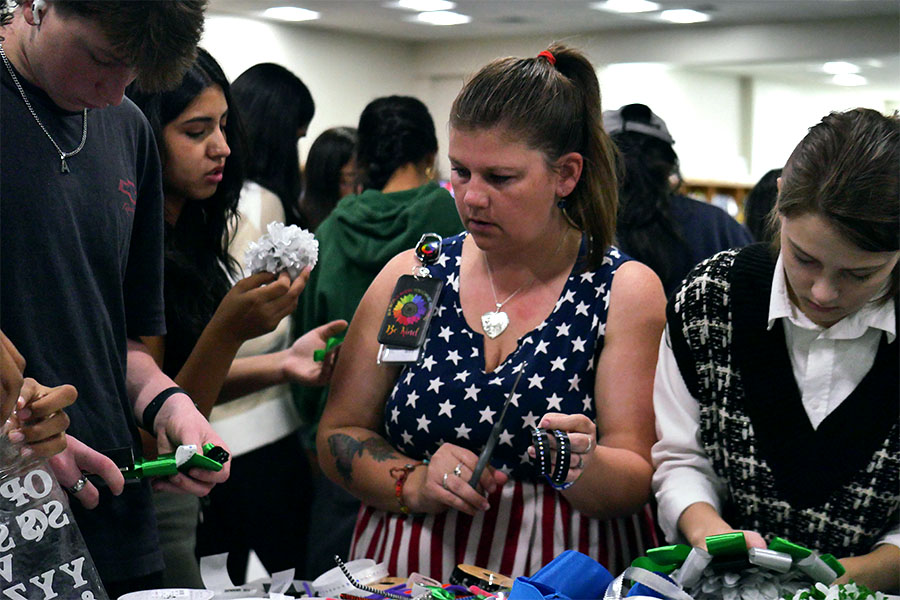
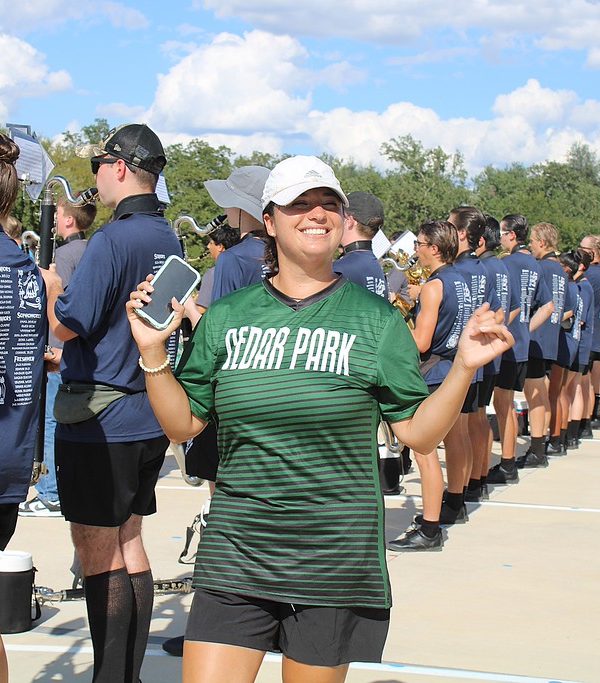
![Looking down at his racket, junior Hasun Nguyen hits the green tennis ball. Hasun has played tennis since he was 9 years old, and he is on the varsity team. "I feel like it’s not really appreciated in America as much, but [tennis] is a really competitive and mentally challenging sport,” Nguyen said. “I’m really level-headed and can keep my cool during a match, and that helps me play a bit better under pressure.” Photo by Kyra Cox](https://cphswolfpack.com/wp-content/uploads/2025/09/hasun.jpg)
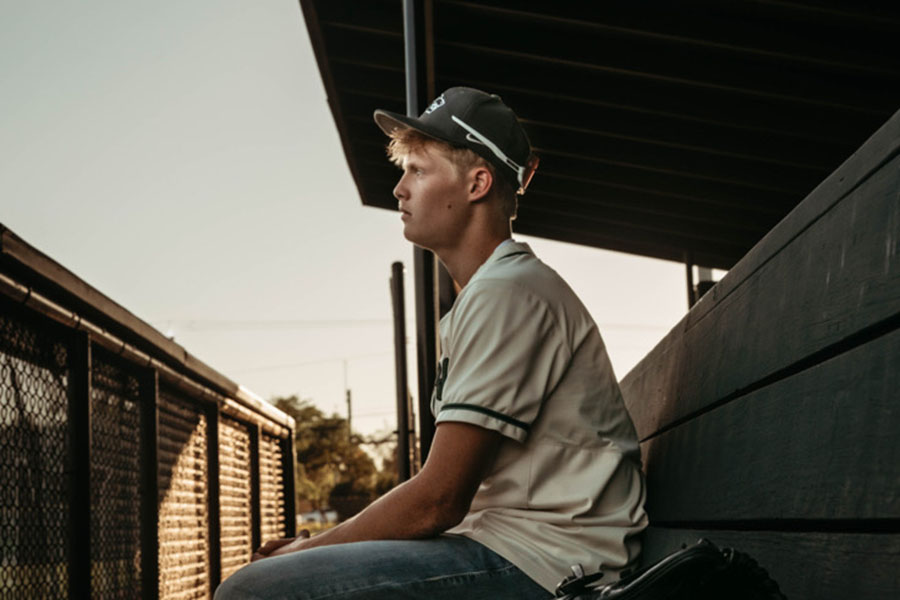
![Bringing her arm over her head and taking a quick breath, junior Lauren Lucas swims the final laps of the 500 freestyle at the regionals swimming competition on date. Lucas broke the school’s 18-year-old record for the 500 freestyle at regionals and again at state with a time of 4:58.63. “I’d had my eye on that 500 record since my freshman year, so I was really excited to see if I could get it at regionals or districts,” Lucas said. “ State is always a really fun experience and medaling for the first time was really great. It was a very very tight race, [so] I was a bit surprised [that I medaled]. [There were] a lot of fast girls at the meet in general, [and] it was like a dogfight back and forth, back and forth.” Photo by Kaydence Wilkinson](https://cphswolfpack.com/wp-content/uploads/2025/03/Kaydence-2.7-23-edit-2.jpg)
![As her hair blows in the wind, senior Brianna Grandow runs the varsity girls 5K at the cross country district meet last Thursday. Grandow finished fourth in the event and led the varsity girls to regionals with a third place placement as a team. “I’m very excited [to go to regionals],” Grandow said. “I’m excited to race in Corpus Christi, and we get to go to the beach, so that’s really awesome.” Photo by Addison Bruce](https://cphswolfpack.com/wp-content/uploads/2025/10/brianna.jpg)











